Art Basel Hong Kong recalibrates with a digital-only edition
Following the cancellation of its Hong Kong fair, Art Basel has bounced back with Online Viewing Rooms, where Asian art takes centre stage
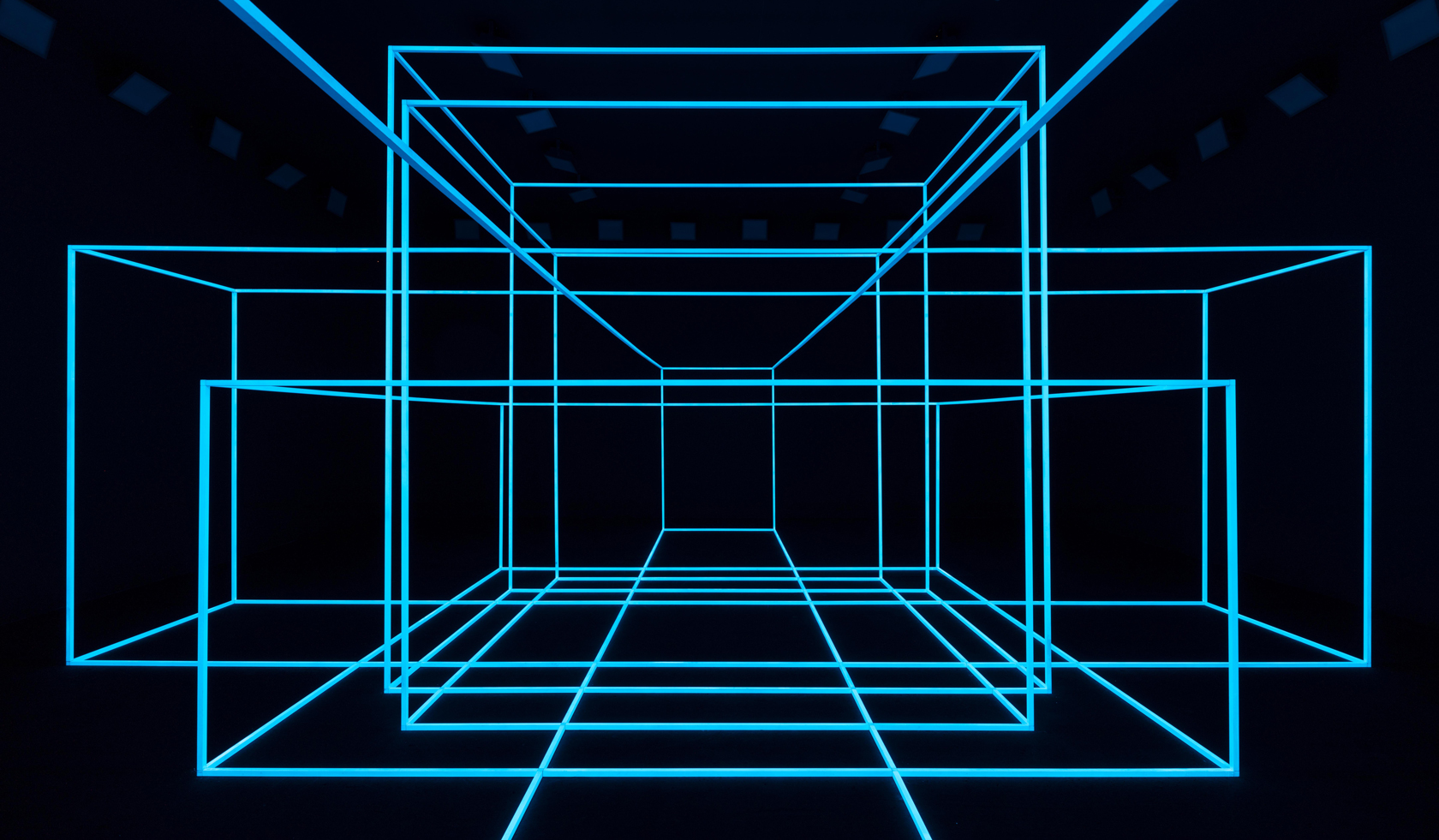
There’s much talk in the art world about the untapped potential of virtual gallery viewings, online curator’s tours and digitally driven sales, and, propelled by world events, Art Basel Hong Kong is putting them to test.
This year’s edition, from 20-25 March is an online-only event, with 234 galleries from 31 countries displaying works through virtual viewing rooms.
More than 90 per cent of exhibitors from the cancelled Hong Kong fair decided to take part in this experimental iteration, and since more than half of these have exhibition spaces in Asia, art from the region was an obvious highlight.
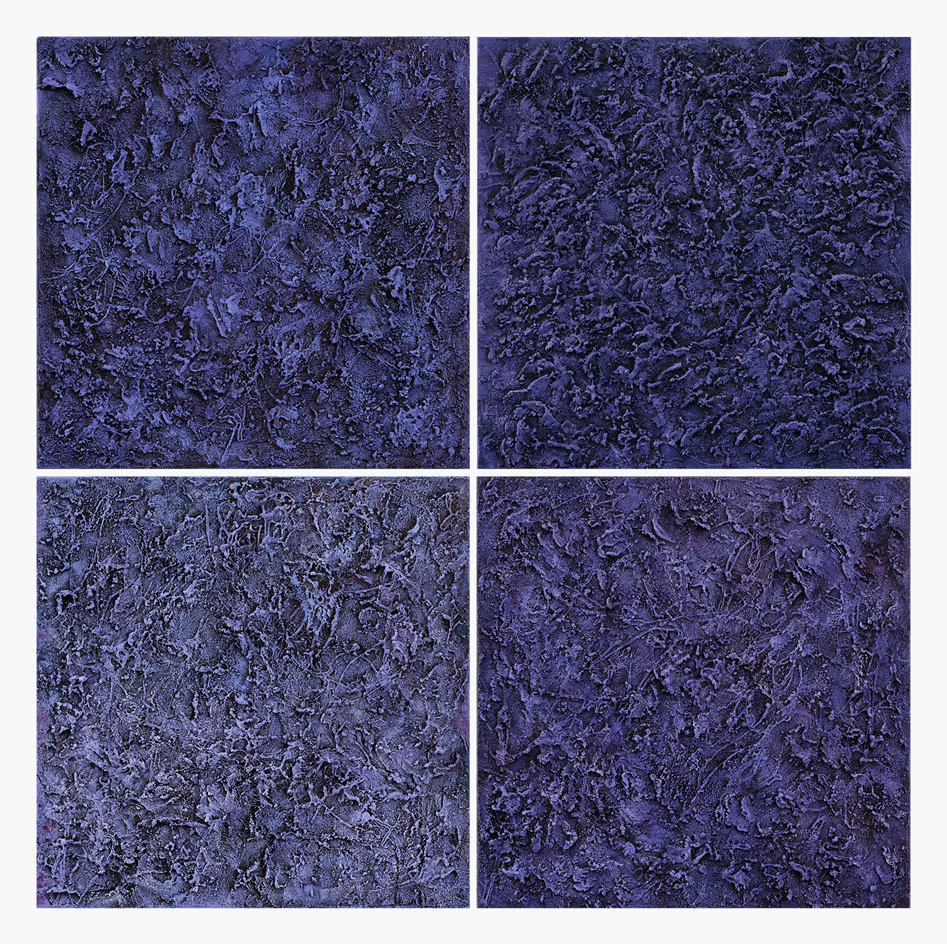
Chiang Yomei, Delos X.
Lisson Gallery collaborated with Antenna Space from Shanghai, Beijing’s Boers-Li Gallery, Singapore’s STPI and Taipei’s Tina Keng Galleries and TKG+ to provide a VIP virtual walkthrough of their booths. Each gallery gave a ten-minute presentation to an online audience of hundreds, providing descriptions of its artists and insights into their methods. Up to ten works can be displayed per booth and unlike a real-time fair, these come with a title and a price tag.
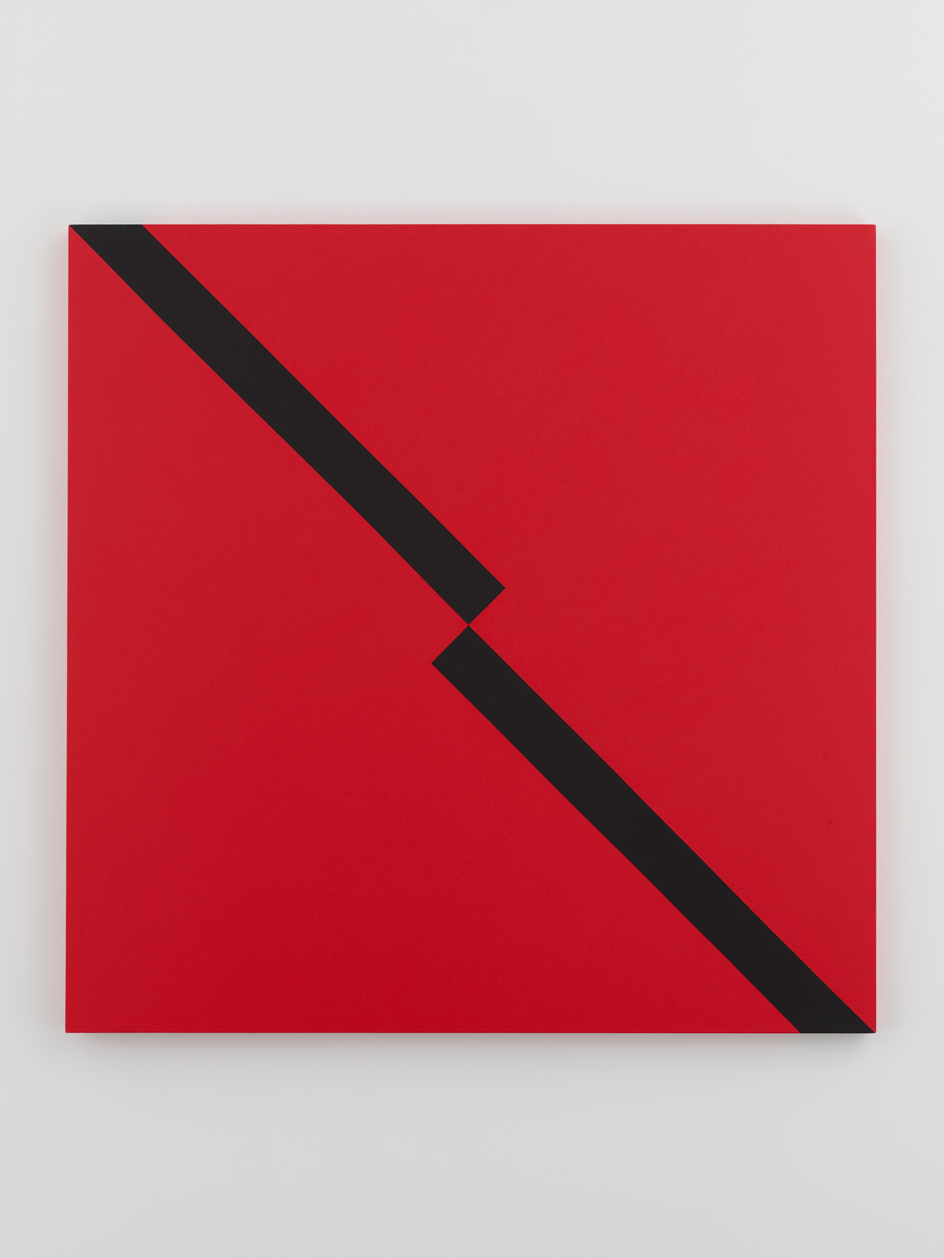
Carmen Herrera, Camino Negro, 2017. Acrylic on canvas, 152.4 x 152.4 cm, 60 x 60 in.
Technical hitches aside (and there were a few), David Tung, Director of Lisson Gallery Shanghai who master-planned the virtual walkthrough, reveals other challenges; ‘You lose texture and feeling online, so we selected works differently to try and replicate this.’ Among Lisson’s heavy-hitting pick were Julian Opie, Ai Weiwei, Cory Arcangel and Carmen Herrera, whose Camino Negro sold at the preview for 850,000 USD. Lisson’s Alex Logsdail explains, ‘While a viewing platform is not a substitute for the pace and interaction of a fair, business is still active and we have made sales in parallel to the fair this week.’
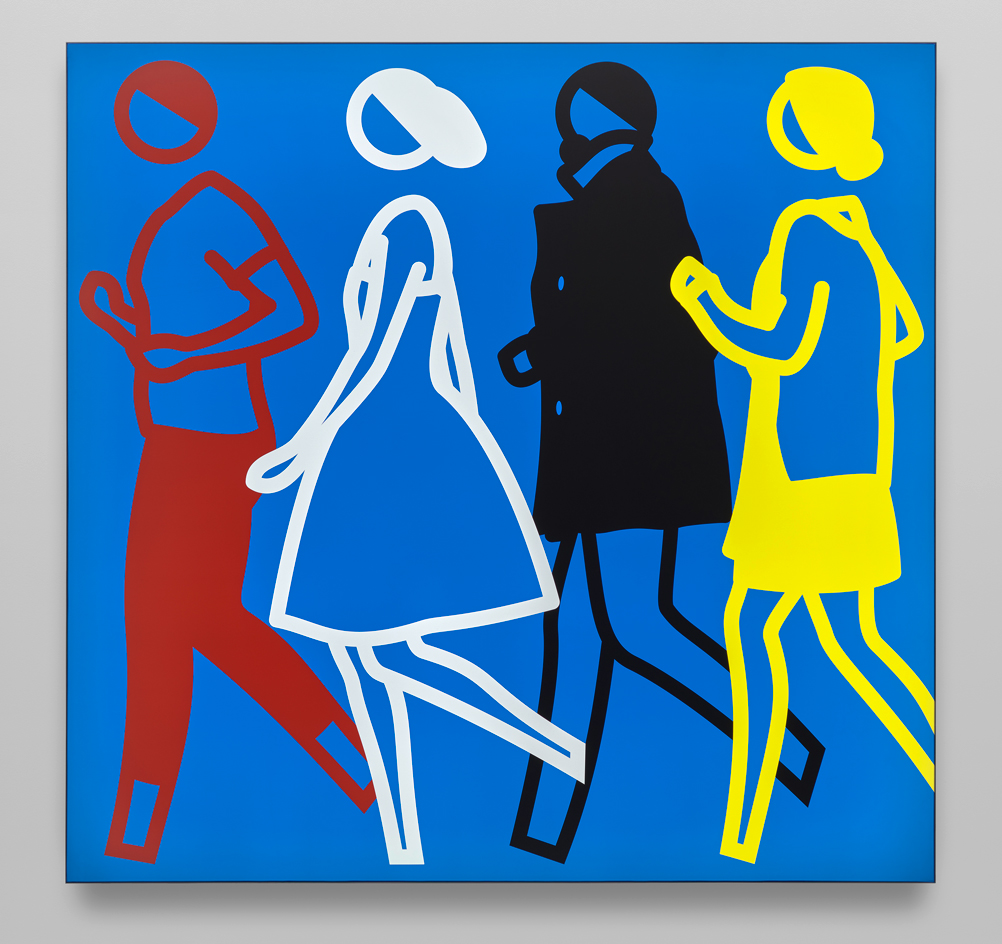
Julian Opie, Sam Amelia Jeremy Teresa, 2019. Aluminium, nylon and lights, 290 x 300 x 12 cm, 114 1/8 x 118 x 4 5/8 in.
STPI director Rita Targui adds: ‘the online format provides an opportunity to be nimble. We can change works round with ease.’ Each day, two different artists are exhibited at its booth, accompanied by images of the works in progress, (adding narrative that might well be lost in the traditional fair setting). All the works on show have been made in STPI’s on-site paper mill. First up were Chinese artist Zeng Fanzhi and his Autumn Trees series and paper pulp pieces by British artist Jason Martin, while additional exhibitors include South Korean artists Do Ho Suh and Haegue Yang who incorporated ground spices purchased in Singapore markets into her canvases.

Su Xiaobai, Ripple.
Opie’s distinctive, reductive language may work well online, but other artists translate with less success; viewing Antony Gormley's Breathing Room II, an environment that uses phosphorous to conjure architecture as if from the air through Galeria Continua’s portal, or seeing James Turrell’s new circular glass work at OMR’s online gallery, leaves you feeling underwhelmed. You just wish you could be there.
Perhaps inadvertently, Heemin Chung, on show at P21 Gallery, sums up the reality of this year’s Art Basel. The Seoul-based artist explores the lack of tactile sensations – and our desire for them – in a modern world that is filled with virtual images. She strives to capture those senses that are overstimulated or deficient in the digital realm and portray them on canvas; direct touch, not digital media, provide true reality.
But who gets to touch big-ticket artworks anyway? Collectors often know what they want without having to see it at a fair, and a time when we need to reduce our carbon footprint, Art Basel’s virtual version may just be a trailblazer.

Alice Aycock, Twister Again, 2019. Powder coated aluminum white h 93.98 cm. Edition I/I (3). © Alice Aycock, 2000.
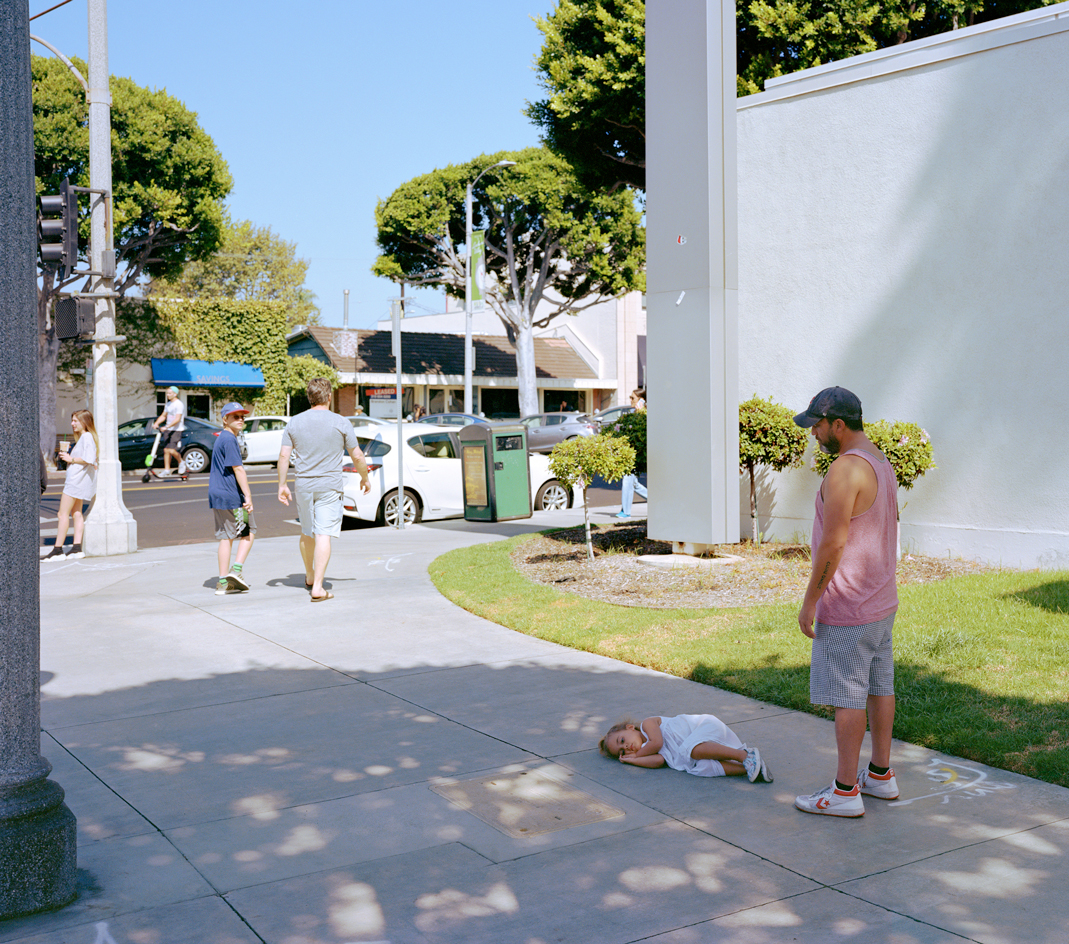
Jeff Wall, Parent Child, 2018. Inkjet print, 231 x 261.5 x 6.4 cm | 90 15/16 x 102 15/16 x 2 1/2 in.

Olafur Eliasson, Your event horizon of knowing, 2020, partially silvered glass spheres, paint (red, black), stainless steel, 171 x 169 x 67,5 cm. Berlin
INFORMATION
Art Basel Online Viewing Rooms, 20-25 March. artbasel.com
Receive our daily digest of inspiration, escapism and design stories from around the world direct to your inbox.
Emma O'Kelly is a freelance journalist and author based in London. Her books include Sauna: The Power of Deep Heat and she is currently working on a UK guide to wild saunas, due to be published in 2025.
-
 Volvo’s quest for safety has resulted in this new, ultra-legible in-car typeface, Volvo Centum
Volvo’s quest for safety has resulted in this new, ultra-legible in-car typeface, Volvo CentumDalton Maag designs a new sans serif typeface for the Swedish carmaker, Volvo Centum, building on the brand’s strong safety ethos
-
 We asked six creative leaders to tell us their design predictions for the year ahead
We asked six creative leaders to tell us their design predictions for the year aheadWhat will be the trends shaping the design world in 2026? Six creative leaders share their creative predictions for next year, alongside some wise advice: be present, connect, embrace AI
-
 10 watch and jewellery moments that dazzled us in 2025
10 watch and jewellery moments that dazzled us in 2025From unexpected watch collaborations to eclectic materials and offbeat designs, here are the watch and jewellery moments we enjoyed this year
-
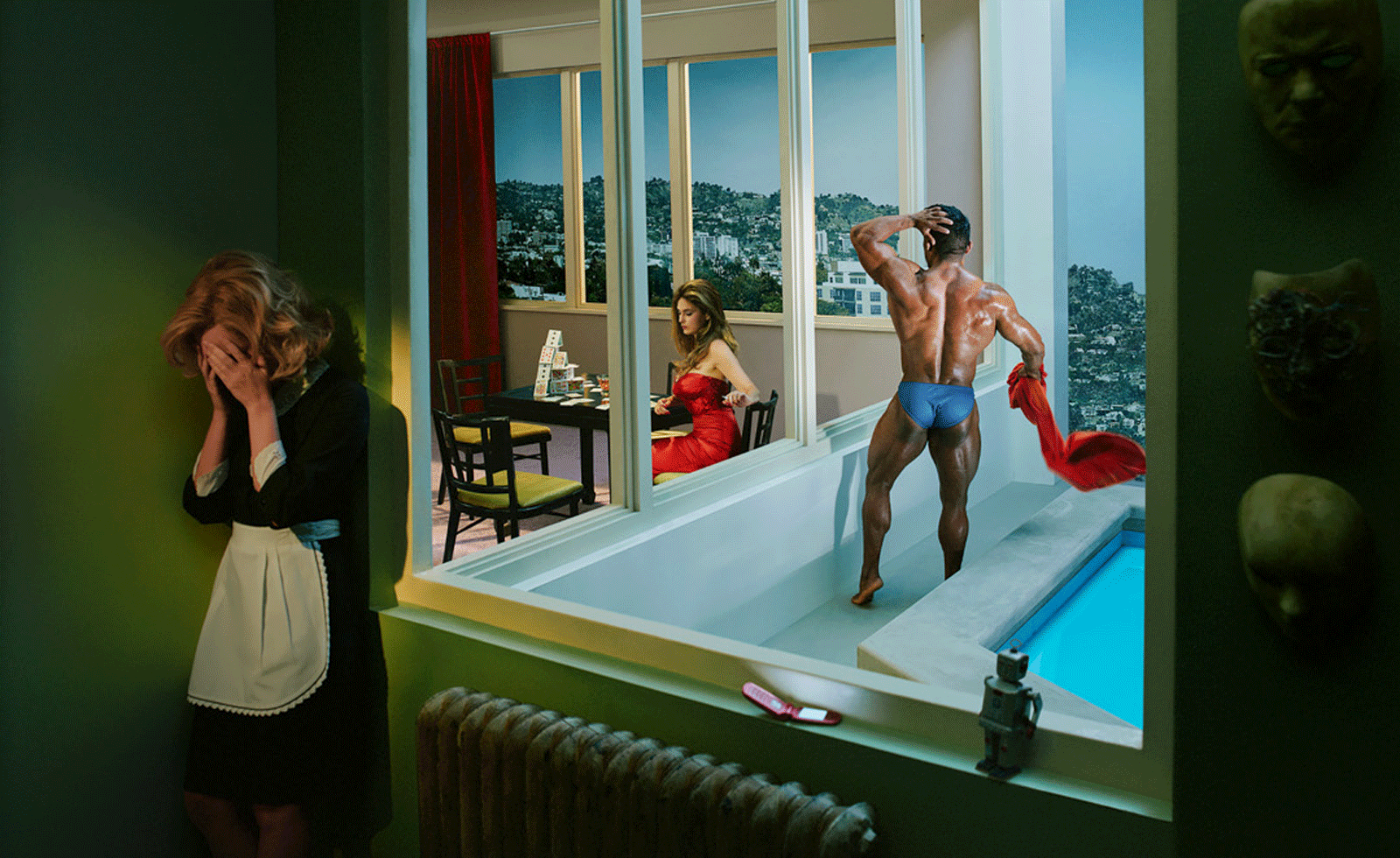 What to see at Art Basel Miami Beach 2025 – nine brilliant booths
What to see at Art Basel Miami Beach 2025 – nine brilliant boothsThe buzzy Miami art fair (5-7 December) will bring together more than 280 leading international galleries and a packed week of pop-ups and parties – start with these must-see booths
-
 This Gustav Klimt painting just became the second most expensive artwork ever sold – it has an incredible backstory
This Gustav Klimt painting just became the second most expensive artwork ever sold – it has an incredible backstorySold by Sotheby’s for a staggering $236.4 million, ‘Portrait of Elisabeth Lederer’ survived Nazi looting and became the key to its subject’s survival
-
 Meet Eva Helene Pade, the emerging artist redefining figurative painting
Meet Eva Helene Pade, the emerging artist redefining figurative paintingPade’s dreamlike figures in a crowd are currently on show at Thaddaeus Ropac London; she tells us about her need ‘to capture movements especially’
-
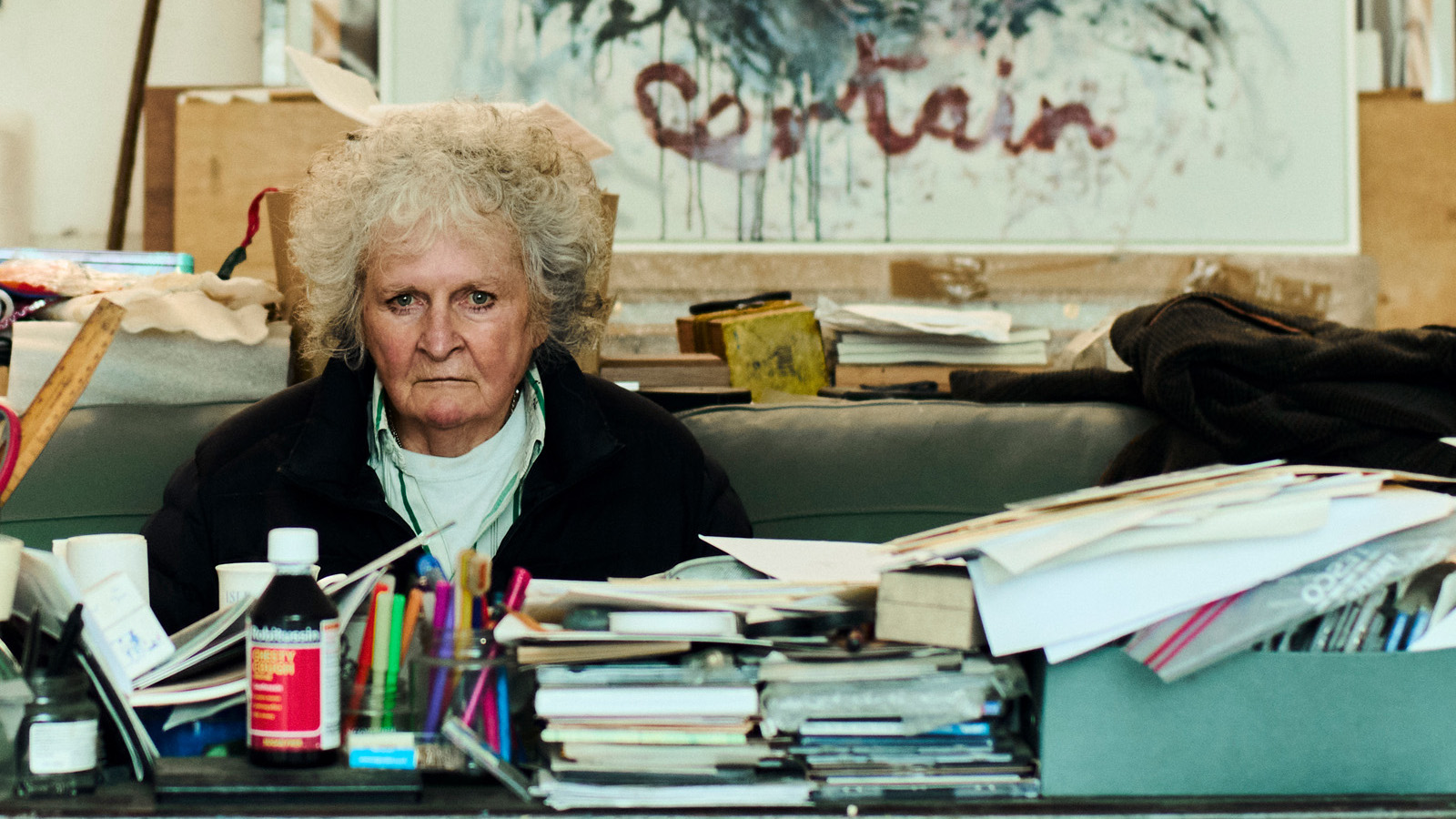 Maggi Hambling at 80: what next?
Maggi Hambling at 80: what next?To mark a significant year, artist Maggi Hambling is unveiling both a joint London exhibition with friend Sarah Lucas and a new Rizzoli monograph. We visit her in the studio
-
 Out of office: The Wallpaper* editors’ picks of the week
Out of office: The Wallpaper* editors’ picks of the weekThis week, the Wallpaper* editors curated a diverse mix of experiences, from meeting diamond entrepreneurs and exploring perfume exhibitions to indulging in the the spectacle of a Middle Eastern Christmas
-
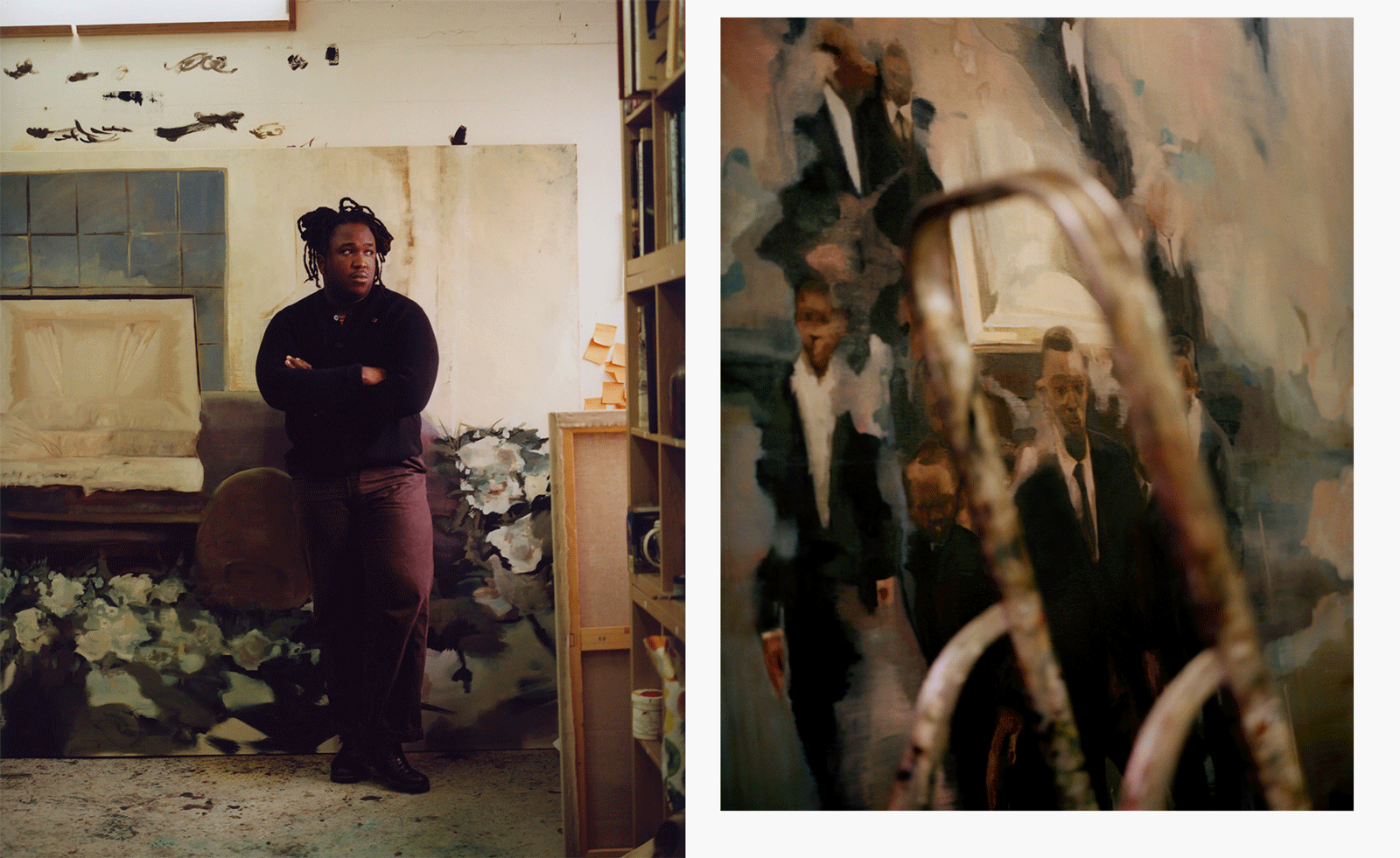 Artist Shaqúelle Whyte is a master of storytelling at Pippy Houldsworth Gallery
Artist Shaqúelle Whyte is a master of storytelling at Pippy Houldsworth GalleryIn his London exhibition ‘Winter Remembers April’, rising artist Whyte offers a glimpse into his interior world
-
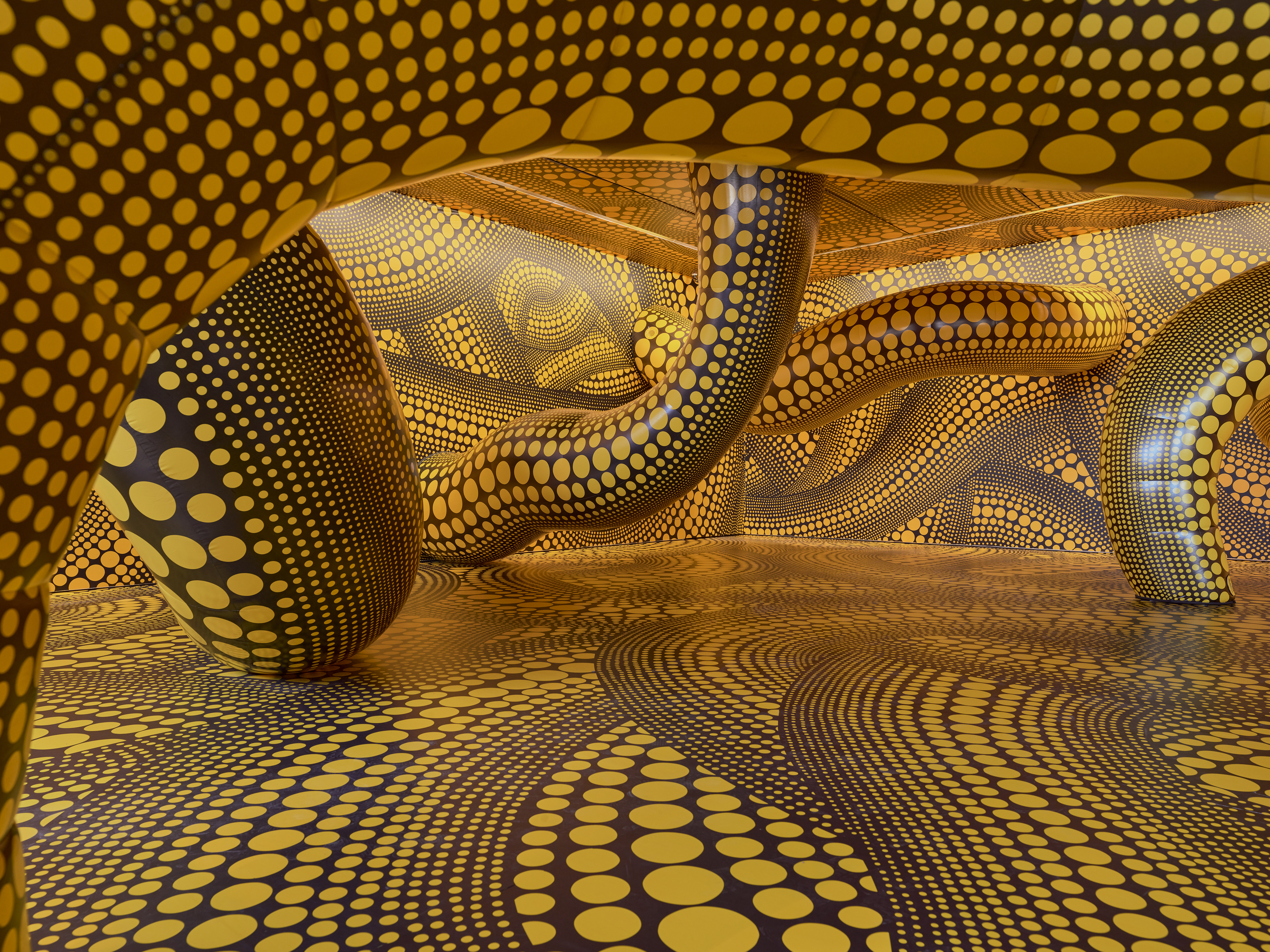 Unseen works meet immersive showstoppers as Yayoi Kusama hits Switzerland
Unseen works meet immersive showstoppers as Yayoi Kusama hits SwitzerlandAt the Fondation Beyeler in Basel, there are 300 works by Kusama to discover and it’s delightfully discombobulating
-
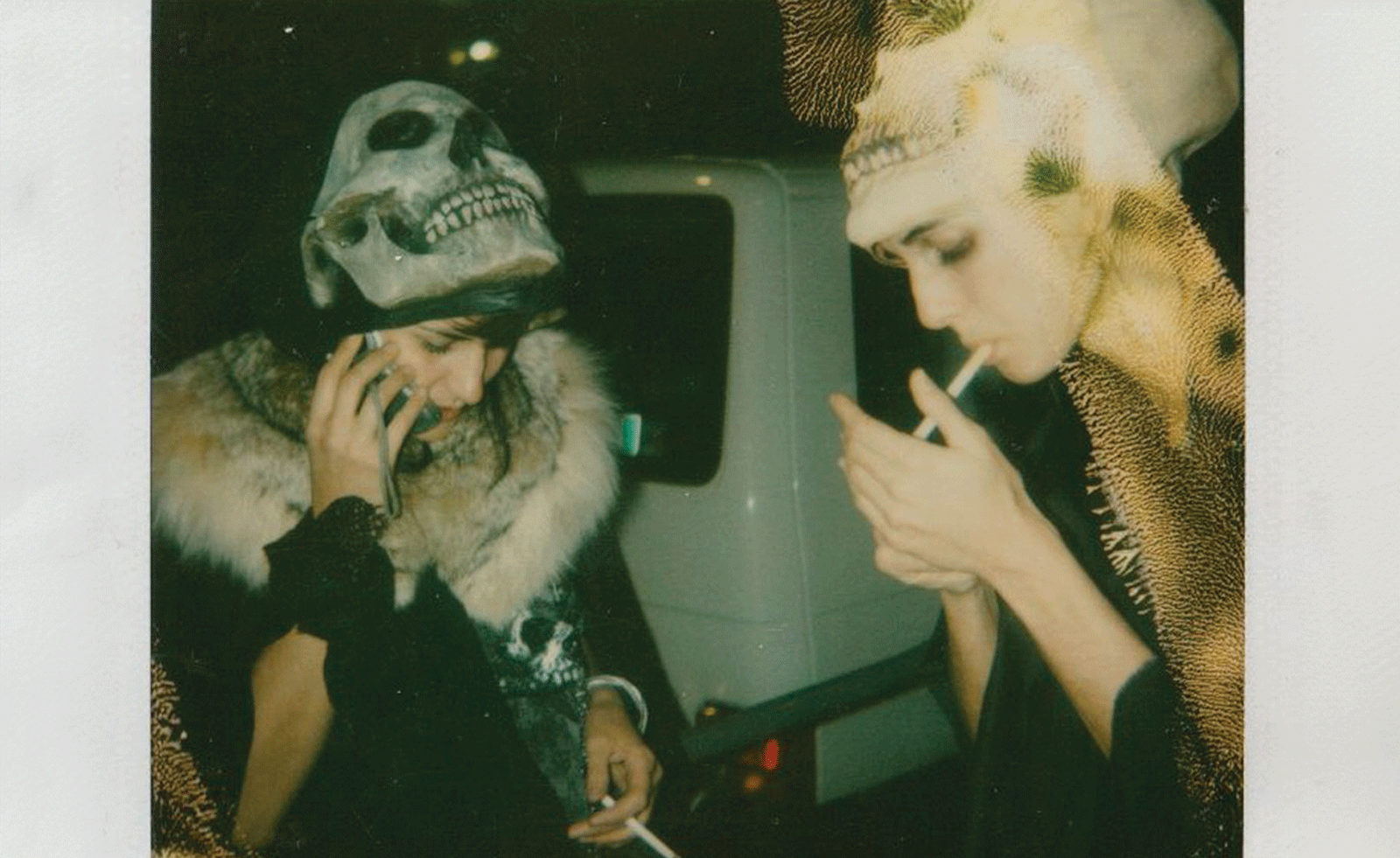 Ten things to see and do at Art Basel Paris 2025
Ten things to see and do at Art Basel Paris 2025Art Basel Paris takes over the city from 24-26 October. Here are the highlights, from Elmgreen & Dragset to Barbara Kruger and Dash Snow